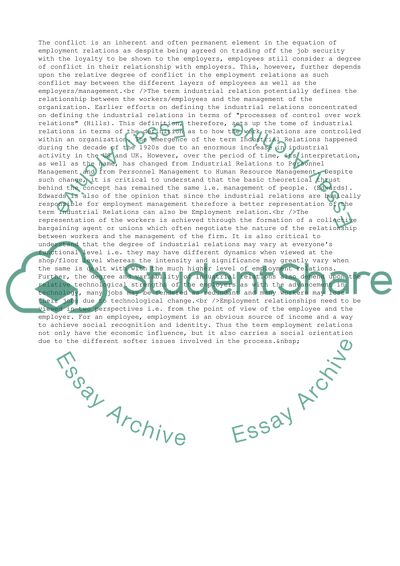Cite this document
(Employment Relationship: the Issue of Conflict Inherence Term Paper, n.d.)
Employment Relationship: the Issue of Conflict Inherence Term Paper. https://studentshare.org/management/1517363-employment-relationship
Employment Relationship: the Issue of Conflict Inherence Term Paper. https://studentshare.org/management/1517363-employment-relationship
(Employment Relationship: The Issue of Conflict Inherence Term Paper)
Employment Relationship: The Issue of Conflict Inherence Term Paper. https://studentshare.org/management/1517363-employment-relationship.
Employment Relationship: The Issue of Conflict Inherence Term Paper. https://studentshare.org/management/1517363-employment-relationship.
“Employment Relationship: The Issue of Conflict Inherence Term Paper”. https://studentshare.org/management/1517363-employment-relationship.


